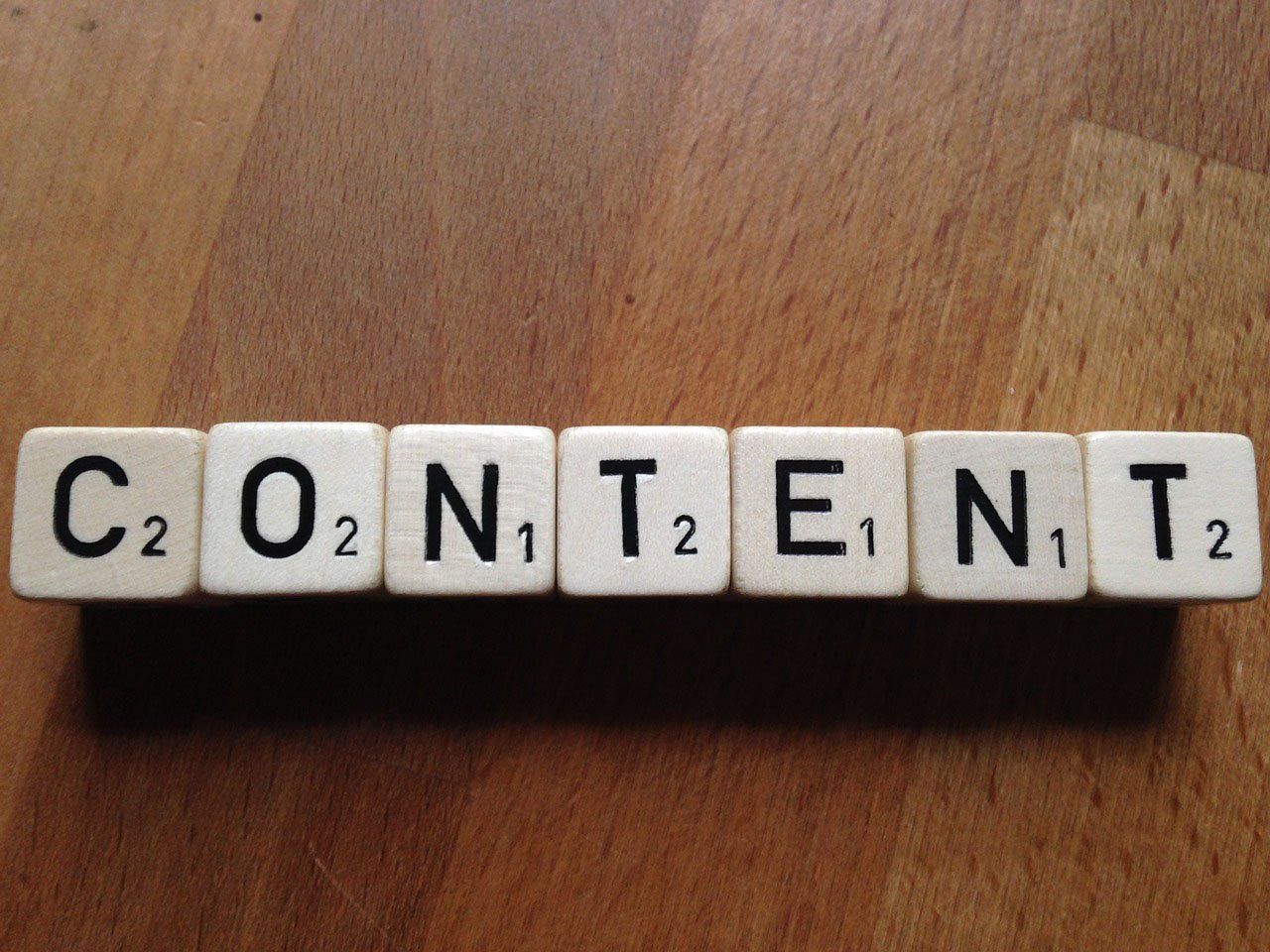Creating usable content to brand your business

There are many actions one can take to increase leads. One of those actions is to create content, through words, diagrams, photographs, or videos. Having different types of content is essential for any business, as it positions you as an expert in your industry. But how do you create content that is usable and how does it create leads?
What is content usability? Content usability is when you focus on distributing information that the viewer can read easily, while ensuring that color and layout are visually appealing. Content usability entices people to view the information you are providing them.
Tips to help you start creating usable written content
Be Consistent:
If viewers are looking at your material and there are too many bolded or italicized words for no reason they will become confused. A confused viewer will leave your content page a whole lot earlier. Keep fonts and formatting identical throughout the written work.
Don’t Needlessly Underline Text:
Underlining text has been reserved for hyperlinks on the web. If you are trying to make that word or phrases seem more significant within the content, underlining is not the correct solution. Make content more exhilarating by finding a different phrase to emphasize your point.
Tips for creating usable photographs
Symmetry:
Viewers will find your photographs more appealing if you use symmetry. A picture is symmetrical when the lines within the photo are straight and evenly centered.
Guide/Lead Lines:
Guiding lines or lead lines are lines the photographer purposely makes in order to draw the viewer’s attention towards a specific part of the picture. If using lead lines make sure the lines included do not take away from the central idea of the photograph.
Tips for creating usable videos
Appearance:
How does the video look? Make sure the viewer can identify the video screen when it first starts playing. Is the content something that fits your business’s brand? Think about the meaning of the video and how it represents your business. Is the video sized accurately, or does the placement look off compared to the rest of the content? These attributes are important when deciding if the video is usable.
Delivery:
Does the video buffer when someone tries to view it, or does it play immediately? The viewer will become uninterested if he or she must wait for either the video or sound to sync up.
Content can be a powerful instrument. Make sure your message is not lost in a sea of misunderstanding, along with your brand or business. Provide valuable content to your users for repeated web traffic.
The next time you think about publishing content make sure it is usable not only for the business’s sake but for the viewers as well.










